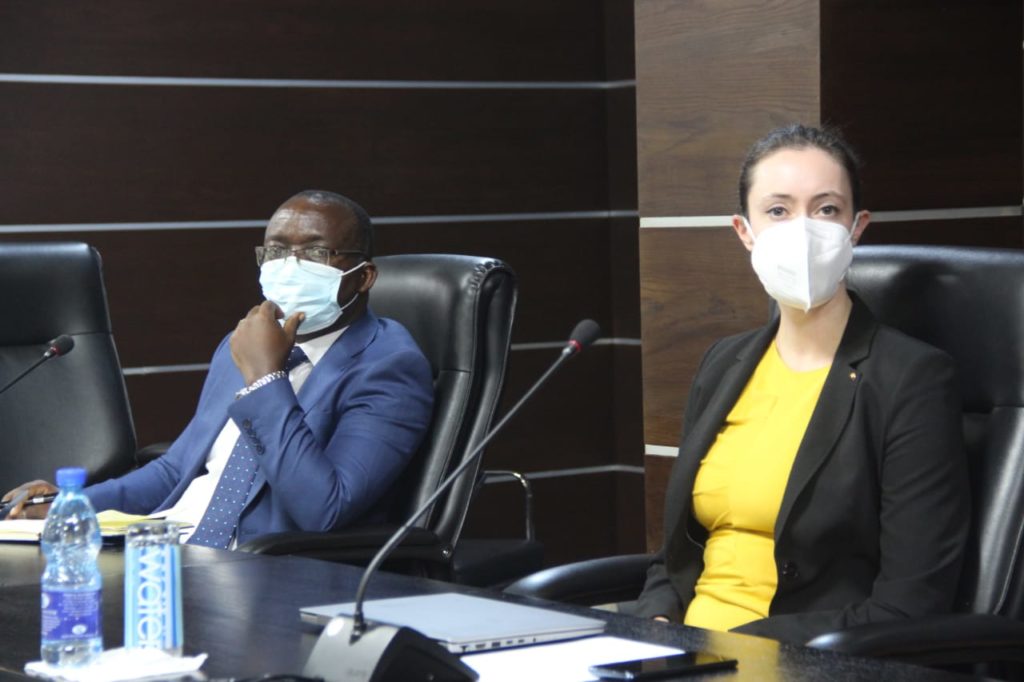The gavel fell in Nairobi, Kenya, marking the conclusion of a momentous week at the sixth UN Environment Assembly (UNEA-6). The assembly witnessed intense discussions and negotiations, culminating in a resounding message: the global community is committed to tackling the “triple planetary crisis” of climate change, biodiversity loss, and pollution. This commitment goes beyond mere words. UNEA-6 yielded a concrete set of 15 resolutions, each a crucial weapon in the fight for a sustainable future.
These resolutions target various aspects of the climate change challenge. Accelerating the clean energy transition will be a central focus. Imagine a world powered by renewable energy sources like solar, wind, and geothermal. Resolutions might push for ambitious national targets for renewable energy deployment, streamlining permitting processes to expedite clean energy projects, and attracting green investments to make this vision a reality. But transitioning away from fossil fuels isn’t enough. Boosting energy efficiency is equally important. Resolutions might address improving energy efficiency in buildings, industries, and transportation sectors. This could involve promoting energy-efficient appliances, building codes that prioritize sustainability, and investments in public transport infrastructure to reduce our reliance on private vehicles. The world is already experiencing the devastating consequences of climate change. UNEA-6 recognizes this urgency. Resolutions might focus on strengthening early warning systems for extreme weather events, supporting adaptation measures in vulnerable communities on the frontlines of climate change, and building climate-resilient infrastructure to withstand the coming storms.
Combatting pollution, in its various forms, is another crucial battleground. Plastic waste has reached a crisis point. Resolutions could explore bans on single-use plastics, a move that would significantly reduce plastic pollution in our oceans and landfills. But plastic isn’t the only culprit. The safe handling and disposal of hazardous chemicals and waste pose a significant threat. Resolutions might address stricter regulations on the use and disposal of hazardous chemicals, promoting cleaner production methods that minimize waste generation, and supporting developing countries in managing hazardous waste effectively. Sand and dust storms create a range of environmental and health problems. Resolutions could target sustainable land management practices to reduce soil erosion that contributes to dust storms, as well as promoting research and development of dust storm mitigation technologies.

Protecting biodiversity is intricately linked to tackling climate change and pollution. UNEA-6 resolutions might focus on expanding protected areas, creating safe havens for endangered species and preserving critical ecosystems. But protected areas alone aren’t enough. Sustainable land-use practices are essential. Resolutions could encourage sustainable farming methods that minimize environmental impact, promote land restoration initiatives to reverse past damage, and combat deforestation through responsible forestry management and economic incentives for local communities. Land degradation is another major threat, impacting biodiversity, food security, and human well-being. Resolutions might focus on promoting sustainable land management practices like crop rotation and cover cropping, restoring degraded lands through reforestation and soil conservation techniques, and combating desertification through improved water management and techniques to prevent soil erosion.
The success of these resolutions hinges on effective implementation. UNEA-6 recognized the importance of multilateralism, a united front where various stakeholders come together. Civil society organizations (CSOs) play a crucial role in raising awareness, mobilizing action, and ensuring accountability. UNEA-6’s inclusivity serves as a platform for their vital contributions. The voices of youth activists are critical in demanding action and shaping a sustainable future. UNEA-6’s engagement with youth activists sends a powerful message of hope and inclusivity. Businesses have a significant role to play in adopting sustainable practices and developing innovative solutions. Collaboration with the private sector is essential for translating environmental commitments into concrete action.
The resolutions adopted at UNEA-6 offer a roadmap for action, but the journey towards a sustainable future has just begun. Key challenges remain. Developing robust implementation plans with specific targets, timelines, and mechanisms for monitoring and evaluation will be crucial. Holding countries accountable for their environmental pledges is essential. Establishing clear reporting mechanisms and robust enforcement will be vital. Securing adequate resources is another hurdle. Developed nations need to fulfill their commitments to provide financial and technical assistance to developing countries, ensuring a united global effort to overcome the triple planetary crisis.
Author Profile

- I write about the intersection of business and the environment and the vital importance of environmental, social and governance (ESG) issues
Latest entries
 AfricaMarch 2, 2024UNEA-6 Delivers a 15-Resolution Punch Against the Triple Planetary Crisis
AfricaMarch 2, 2024UNEA-6 Delivers a 15-Resolution Punch Against the Triple Planetary Crisis BusinessOctober 1, 2023NWSC Progress: Indicators of National Water and Sewerage Corporation as the Entity Continues on the Challenging Path to Growth Thus Far
BusinessOctober 1, 2023NWSC Progress: Indicators of National Water and Sewerage Corporation as the Entity Continues on the Challenging Path to Growth Thus Far BusinessAugust 13, 2023Cross-Border Collaboration: Uganda’s NWSC and Malawi’s LWB Forge Strong Ties in Urban Sewerage Management
BusinessAugust 13, 2023Cross-Border Collaboration: Uganda’s NWSC and Malawi’s LWB Forge Strong Ties in Urban Sewerage Management FeaturedMay 25, 2022A Tree Planted, a Future Granted: NWSC Joins in Environmental Campaign at the National Tree Planting Day
FeaturedMay 25, 2022A Tree Planted, a Future Granted: NWSC Joins in Environmental Campaign at the National Tree Planting Day






























